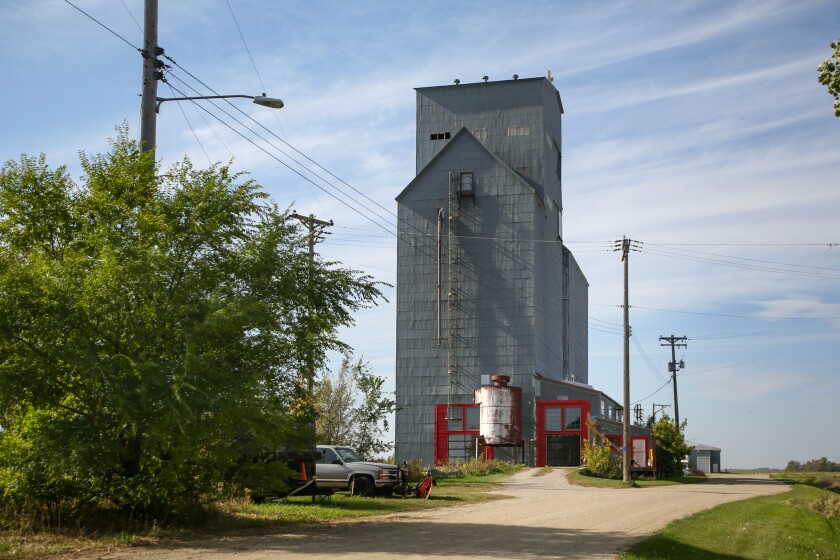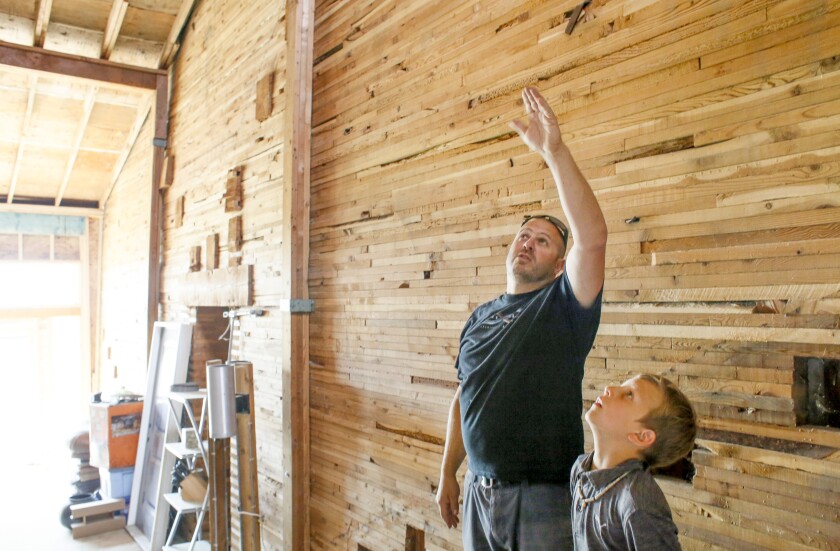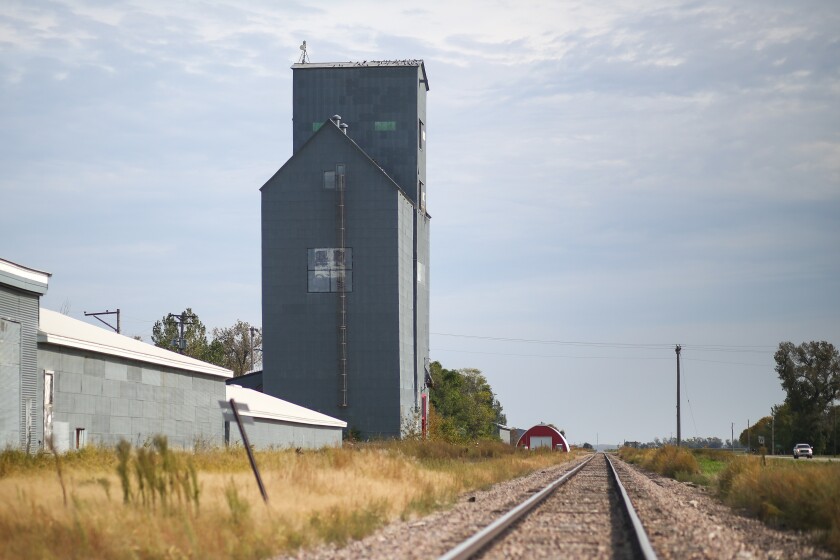Baked in Baker? Clay County board to decide fate of proposed cannabis business in old grai
October 4, 2025
BAKER, Minn. — To its owner, the towering structure rising from the prairie in Baker is more than an old grain elevator.
Architect Scott Dahms envisions the building as a cannabis dispensary and growing facility, giving new life to the unincorporated community around 16 miles southeast of Moorhead between Sabin and Barnesville.
If it’s successful, other towns could use the idea to give their abandoned grain elevators a new future, he said.
“Nobody’s found a solution to use these things,” Dahms said. “My goal was to use this as a case study so that we could cultivate in it and bring it back to its agricultural roots.”

Chris Flynn / The Forum
But to bring the plan to life, Dahms will have to get Clay County leaders on board. That could pose a problem, after the Clay County Planning Commission voted 6-2 to recommend the Clay County Commission deny a request to tweak zoning laws that would permit a cannabis business in the grain elevator.
Dahms’ request, which would add cannabis businesses as a conditional use in agricultural service center zoning districts, will come before the Clay County Commission for a public hearing on Tuesday, Oct. 7.
At present, Clay County permits cannabis businesses as a conditional use only in highway commercial and limited highway commercial zoning districts. Additionally, under Clay County’s zoning ordinances, cannabis businesses must meet certain setbacks from residential areas and schools.
Clay County’s
cannabis zoning ordinance
was adopted in June 2024.
Dahms
purchased the Baker elevator in 2017
for $15,000. He converted parts of the structure into livable space, which served as his home for a time. Today, he lists the building as an
Airbnb.
He says the income from the short-term rentals helps pay for renovations of the unconventional living space.

Michael Vosburg / Forum file photo
He is turning to cannabis as a more lucrative business to fill the elevator. He envisions having a dispensary and a low-dosage cannabis consumption site, like a bar. In the vertical space, he wants to put in a cannabis growing operation.
“It does two things: it starts to generate that revenue that you need to maintain that building, and then some,” Dahms said. “But it also brings back the idea of agriculture … into the grain elevator.”
A proposal Dahms submitted to Clay County says the business is projected to bring in $1 million in gross revenue in its first year. As a destination, the elevator would draw visitors from the surrounding region and increase traffic to gas stations, restaurants and local businesses in surrounding towns, the proposal says.
Dahms said he received preliminary approval from the state of Minnesota for a cannabis license. To proceed with the business, he needs approval from the county.
The proposed change to Clay County’s cannabis zoning ordinance would affect more than just Baker. Agricultural service center zoning districts are scattered throughout Clay County, in the communities of Kragnes, Averill, Downer, Rustad and Rollag.
According to Clay County Planning and Zoning, only 23 of 259 parcels in that type of zoning district meet the 500-foot setback requirement from residences, day cares, treatment facilities and playgrounds. Only 22 of those parcels meet the minimum lot size of 1 acre. In total, only 8% of parcels in that type of zoning district would be eligible for a cannabis business.
Despite the Planning Commission’s recommendation to deny a change to the cannabis zoning ordinance, Dahms plans to make his case for the business in Baker at the upcoming Clay County Commission meeting.
“Clay County is pretty close to losing out on a really good opportunity to be, like, the first in the land to be able to showcase that you could do this in grain elevators,” Dahms said.

Chris Flynn / The Forum
His request was originally supposed to come before the commission for a public hearing on Sept. 16. However, it was pushed back after Dahms was unable to make it to the original date. Dahms said confusion following a phishing scam that appeared to be from Clay County kept him from coming.
Clay County Planning and Zoning Director Matt Jacobson confirmed the county was affected by the scam.
Search
RECENT PRESS RELEASES
Related Post



